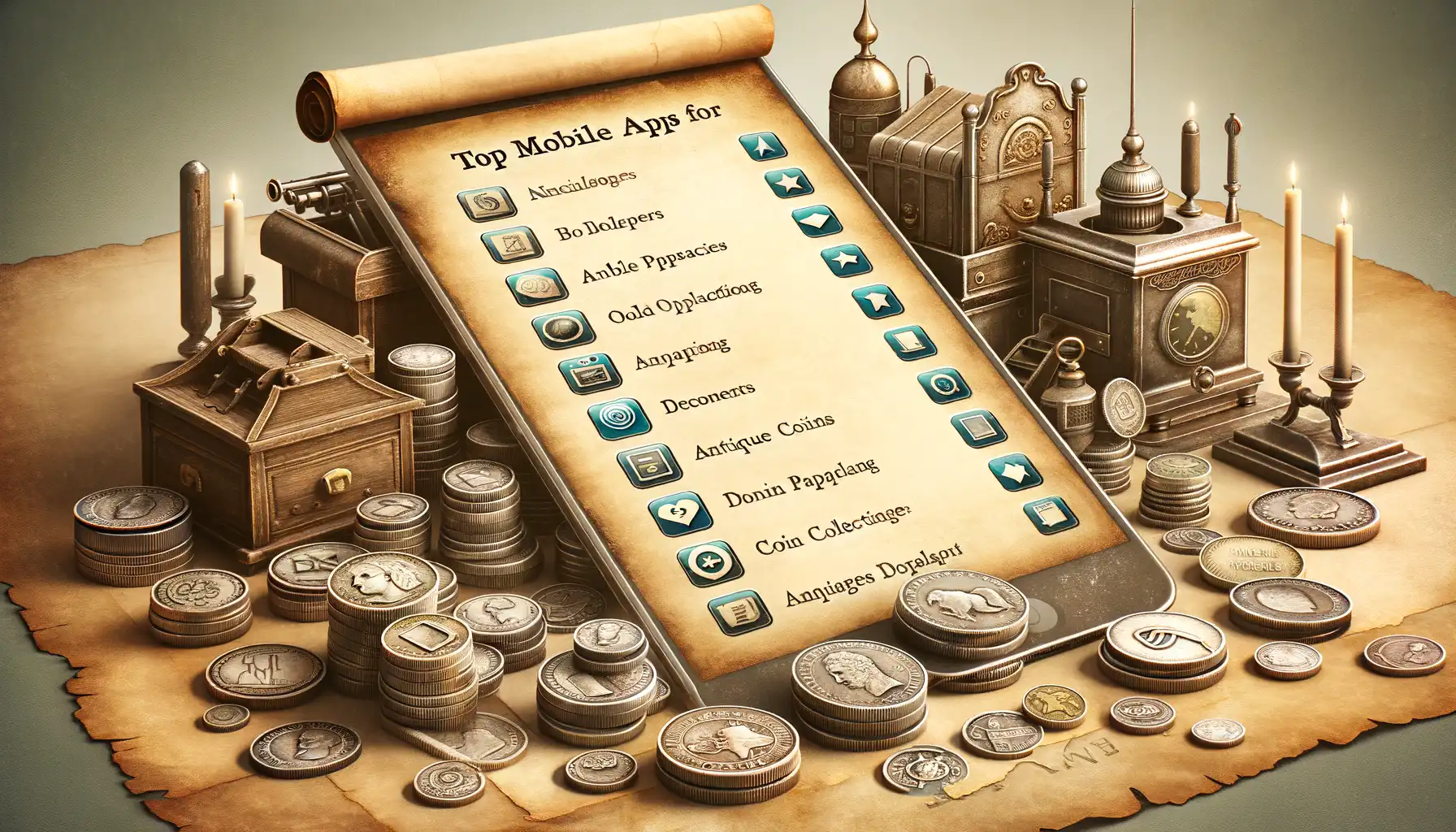In today’s digital age, online courses have become a popular and lucrative way for experts and entrepreneurs to share their knowledge with a global audience. Whether you’re a seasoned instructor or just starting out, creating and launching your own online course can be a rewarding experience that generates passive income and establishes your authority in your field. In this comprehensive guide, we’ll walk you through the essential steps of developing and launching a successful online course.
Identifying Your Target Audience and Course Topic
Before diving into the creation process, it’s crucial to clearly define your target audience and choose a specific topic for your online course. Begin by assessing your own expertise and passions – what subject matter do you have extensive knowledge in that could benefit others? Next, research your ideal students: their age range, educational background, professional goals, and pain points they’re looking to solve. Understanding the needs of your target audience will help you create a course that resonates with them.
Once you’ve identified your niche, narrow down your topic to something specific and valuable. A broad course on “Entrepreneurship” might be too general; instead, consider focusing on a subtopic like “Launching an E-commerce Business for Beginners.” The more targeted and unique your course offering is, the easier it will be to market effectively.
Outlining Your Course Content
With your target audience and topic in mind, it’s time to outline the key concepts, skills, or knowledge you’ll cover in your online course. Begin by breaking down your subject matter into a logical sequence of lessons or modules. Consider the learning journey of your students – what foundational information do they need first before delving into more advanced material? Organize your content accordingly.
For each lesson, determine the main points and topics to be covered. Incorporate a mix of teaching styles to keep students engaged, such as video lectures, text-based guides, quizzes, worksheets, or live Q&A sessions. Ensure that you’re providing a balance between theoretical knowledge and practical applications they can immediately implement.
Producing Your Course Content
With your course outline in place, it’s time to start creating the actual content. If video lectures are a key component of your course, invest in good quality recording equipment and find a suitable location with minimal background noise and distractions. Use clear, concise language and avoid jargon that may confuse beginners. Consider incorporating visual aids like slides or diagrams to enhance understanding.
For text-based materials, write in an engaging yet easy-to-understand style. Break up long paragraphs with bullet points, headings, or images for better readability. Proofread your work for any errors and ensure it flows logically from one section to the next.
Pricing, Marketing, and Launching Your Course
Once you’ve produced all your course materials, determine a competitive price point based on factors like the length of the course, level of expertise required, and the value you’re providing. Offer early bird or bundle discounts to incentivize purchases during the launch phase.
Develop an effective marketing strategy to reach your target audience. Leverage email lists, social media platforms, and content marketing tactics like blog posts or guest articles on relevant websites. Collaborate with influencers in your niche for promotions or reviews of your course. Create a sense of urgency around your launch date through countdown timers and limited-time offers.
When you’re ready to go live, set up an easy-to-use sales page with clear descriptions of what students can expect from the course. Include testimonials if available and a money-back guarantee for added reassurance. Promote your course through targeted advertising channels like Google Ads or Facebook ads to reach a wider audience.
Supporting Your Students and Scaling Your Success
With your online course officially launched, focus on providing exceptional support to your students throughout their learning journey. Respond promptly to any questions they may have via email or a private community forum. Regularly update the content based on student feedback and new developments in your field.
As you gain traction and see positive results from your initial launch, look for ways to scale and expand your online course business. Consider creating premium add-ons like one-on-one coaching sessions or an exclusive members-only area with additional resources. Partner with other experts in complementary niches for joint ventures or affiliate marketing opportunities to reach a larger audience.
By following these steps and staying committed to providing value, you can successfully create and launch an online course that not only transforms lives but also builds a sustainable income stream. Embrace the challenges as learning experiences and continually refine your approach based on real-world data and student feedback. With persistence and a passion for teaching, you’ll be well on your way to becoming a respected authority in your field.

Creating and launching an online course is no small undertaking, but it’s a journey that can lead to incredible personal and professional rewards. By thoroughly understanding your target audience, outlining a comprehensive curriculum, producing high-quality content, marketing effectively, and providing ongoing support, you’ll be setting the stage for long-term success in the digital learning space. Embrace this opportunity to share your expertise with the world and make a real impact on people’s lives. Good luck!







